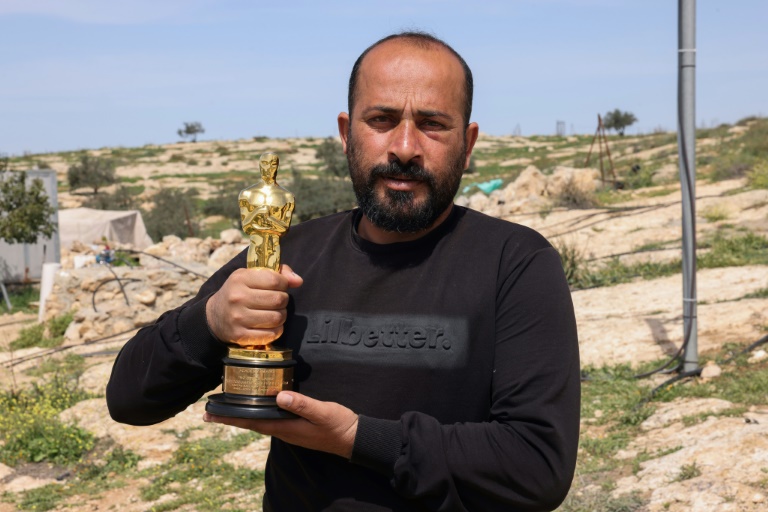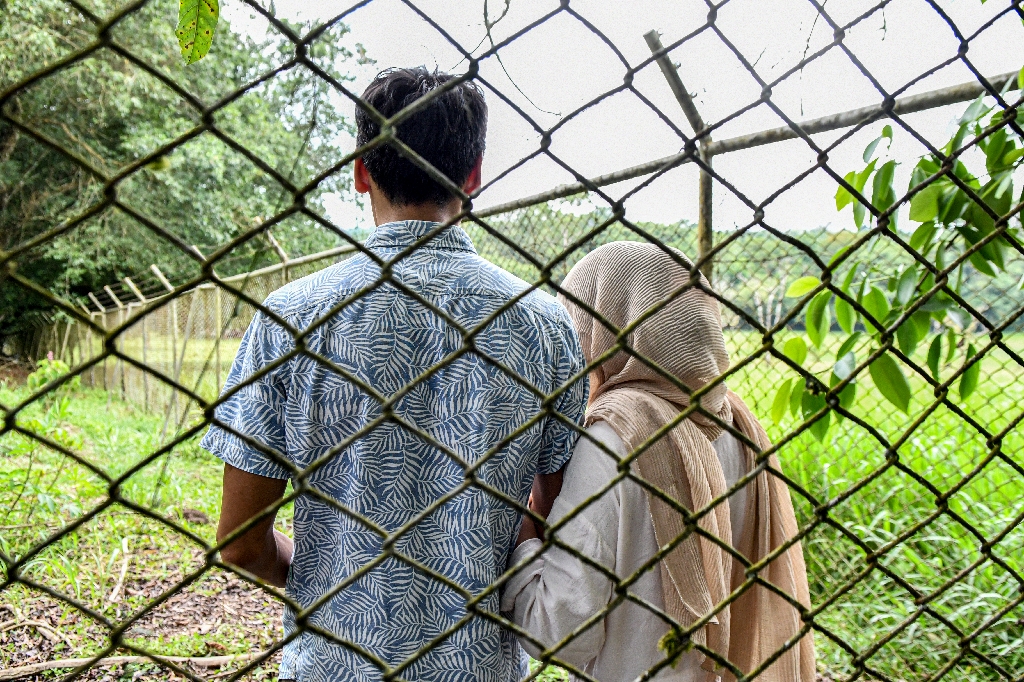Top US diplomat Antony Blinken was set to meet Israeli leaders Tuesday as part of efforts to contain the war in Gaza, a day after strikes in Syria and Lebanon killed high-profile members of Hamas and its ally Hezbollah.The visit comes as the Israeli military said its campaign against Hamas in the Gaza Strip was shifting into a new phase involving more targeted operations in the territory’s centre and south.Sirens warning of incoming rockets sounded in central and southern Israel on Monday, as well as near the border with Lebanon, where Israeli strikes and tit-for-tat exchanges of fire with Iran-backed Hezbollah militants have raised fears the war could spread north.Earlier in the day, Hezbollah announced the killing of a “commander” for the first time since October, naming him as Wissam Hassan Tawil.A security official in Lebanon, speaking on condition of anonymity, said Tawil “had a leading role in managing Hezbollah’s operations in the south”, and was killed there by an Israeli strike.The Israeli military said it struck Hezbollah “military sites” in Lebanon on Monday, but did not immediately comment on Tawil’s death.His was the second high-profile killing in Lebanon this month, following a strike in a Hezbollah stronghold in Beirut that resulted in the death of Hamas deputy leader Saleh al-Aruri.On Monday the Israeli army also said it had killed a “central” Hamas figure in Syria, Hassan Akasha, who had led “terrorist cells which fired rockets… toward Israeli territory”.The October 7 attack by Hamas that triggered the war resulted in about 1,140 deaths in Israel, mostly civilians, according to an AFP tally based on official figures.Fighters also took around 250 hostages that day, 132 of whom remain captive, Israel says.
Of those, at least 25 are believed to have been killed.Israel has responded with relentless bombardments and a ground invasion that have killed at least 23,084 people, mostly women and children, according to Gaza’s health ministry.The Israeli army announced early Tuesday the deaths of four more soldiers, taking the number killed since its ground invasion began to 180.- Crisis visit -The repeated strikes in Lebanon and Syria, attacks against US forces in Iraq, and a campaign against shipping in the Red Sea by Yemeni rebels sympathetic to Hamas have all contributed to fears the Middle East could be dragged into all-out war.In a bid to stave off that possibility, Blinken touched down in Tel Aviv late Monday after stops in six other countries in his fourth crisis visit to the Middle East since the war began.The secretary of state was scheduled to meet on Tuesday with Israeli Prime Minister Benjamin Netanyahu and other top officials, as well as war cabinet member and leading opposition figure Benny Gantz.The war has displaced most of Gaza’s population, according to the United Nations, and left civilians at risk of famine and disease, the WHO says.With only minimal aid entering the besieged territory, Israeli rights group B’Tselem on Monday said “everyone in Gaza is going hungry” as “direct results of Israel’s declared policy”.It was joined by the US-based Council on American-Islamic Relations, which condemned in a statement Washington’s support of the “far-right Israeli government’s declared policy of starvation”.The United States has said Blinken will press Israel on its compliance with international humanitarian law and ask for “immediate measures” to boost aid to Gaza.- New phase -As Israel’s main ally and arms supplier, Washington has grown increasingly concerned over the war’s civilian death toll, with President Joe Biden noting in a campaign speech Monday that he had been “quietly working with the Israeli government to get them to reduce” their troop presence in Gaza.The comments came as the Israeli army said its war in the territory was entering a new phase.
Speaking to the New York Times, army spokesman Daniel Hagari said there would be “no ceremony” to mark the transition, but that the next phase would involve fewer soldiers and air strikes, adding the troop reduction began this month.Hagari alluded to the transition in his nightly briefing on Monday, and described a shift in focus away from Gaza’s devastated north.”
While there are still terrorists and weapons in the north, they are no longer functioning within an organised military framework,” he said.Meanwhile, there were “hard battles being fought both in the centre and the south” of Gaza, he added.Earlier in the day, the military showed journalists what Hagari described as a cluster of weapons factories and tunnels in central Gaza that looked like industrial facilities, but which he said were in fact used to produce missiles and shells.- Journalists killed -The United Nations on Monday said it was “very concerned by the high death toll of media workers”, a day after the Qatar-based Al Jazeera network said an Israeli strike had killed two of its journalists, including the son of Gaza bureau chief Wael al-Dahdouh.In the southern border town of Rafah, another strike on Monday killed two of Dahdouh’s nephews.
Dahdouh was recently wounded himself in a strike that killed his cameraman, having already lost his wife and two other children in an Israeli bombardment in the initial weeks of the war.”
They say Rafah is safe, but we don’t see it is safe in Rafah.
No place is safe,” said Mohammad Hejazy, overlooking the blood-soaked road.The UN rights office called for all journalist deaths to be “thoroughly and independently investigated”.Violence against Palestinians has also surged in the occupied West Bank, where Israeli police confirmed three people were killed late Monday during a raid on Tulkarem to arrest a “wanted terrorist”.
Israeli forces and settler attacks in the West Bank since October 7 have killed at least 333 people, according to the Ramallah-based Palestinian health ministry. – Leon Bruneau with Adel Zaanoun in the Gaza Strip




